Gone are the days when Westerns ruled the box office, with superheroes now filling the role that cowboys once played in the American consciousness. But fear not, the Western genre is far from dead (which you would have known if you had read our list of the 100 Greatest Westerns of All Time). The brutality of the American West, combined with the hope that many people found in it, continues to inspire some of the most exciting filmmakers working today. It also has one of the richest histories of any genre, which allows filmmakers with a passion for Hollywood history to engage with the classics of the 20th century while updating Western tropes for modern audiences. The genre is so versatile that Westerns can reflect almost any political sentiment, meaning that Western movies tend to be an interesting barometer of the era in which they were made.


In just the last few Oscar seasons, modern Westerns have repeatedly emerged as major contenders for Best Picture. Jane Campion’s “The Power of the Dog” premiered in 2021 to rapturous acclaim for using its landscape of the West to interrogate American masculinity and the way it imprisons men as much as it does anyone else. And this year, the most anticipated film of the fall for cinephiles is Martin Scorsese’s “Killers of the Flower Moon,” a searing tale of the 1920s Osage Murders in Oklahoma, featuring brilliant performances from Lily Gladstone, Leonardo DiCaprio, and Robert De Niro. Both films succeed by using the trappings of the Western genre to interrogate the messages archival classics often conveyed about gender and race, twisting and shifting perspectives in order to make their mark.
From violent revenge thrillers to comedies, keep reading for 20 of the best contemporary films about the American West. Entries are listed in chronological order.
With editorial contributions from David Ehrlich and David Canfield.
“Dances with Wolves” (1990)
 “Dances with Wolves”©Orion Pictures Corp/Courtesy Everett Collection
“Dances with Wolves”©Orion Pictures Corp/Courtesy Everett Collection“Dances with Wolves” is the ultimate Western epic, a film of immense grandeur and historical depth. Set during the Civil War, it chronicles the exploits of Lieutenant John Dunbar (Kevin Costner), whose loyalties are put to the test after being accepted and embraced by a Native American tribe. Directed by Costner in a revelatory achievement, “Dances with Wolves” is considered a landmark for its revitalization of the Western epic. Sweeping, emotive and remarkably filmed, Costner’s cinematic achievement has been preserved by the National Film Registry as the quintessential modern American Western. It also won the Academy Award for Best Picture, especially notable since it was the first Western since 1931’s “Cimmaron” to win the big award. —DC
“Unforgiven” (1992)
 “Unforgiven”Warner Bros.
“Unforgiven”Warner Bros.Perhaps the epitome of the modern Western, Clint Eastwood’s Oscar-winning epic “Unforgiven” is a melancholic meditation on the West, exploring its myths and its history through a dark and violent lens. The film is set in 1881, with Eastwood starring as William Munny, a retired outlaw who returns to the trade after years of settling down as a farmer. Celebrated for its moral ambiguity and noir atmosphere, the film simultaneously debunks and pays tribute to one of cinema’s most established genres by expertly juxtaposing violence and heroism, as well as courage and revenge. Principally noted for its anti-violence expression, “Unforgiven” went on to become the third Western to win the Academy Award for Best Picture and has since been admitted to the National Film Registry. —DC
“El Mariachi” (1992)
 “El Mariachi”©Columbia Pictures/Courtesy Everett Collection
“El Mariachi”©Columbia Pictures/Courtesy Everett CollectionCompared to some of the CG spectacles/eyesores that Robert Rodriguez has put on screen like “Spy Kids,” his debut feature “El Mariachi” is almost jarringly small and intimate. Produced with a budget just barely over $7,000, the neo-Western is technically the beginning of a trilogy following the titular wanderer, who in “Desperado” and “Once Upon a Time in Mexico” is played by Antonio Banderas. Here, he’s played by Rodriguez’s friend Carlos Gallardo, in a story of mistaken identity that gets the roaming musician targeted by the mob in a small town and forces him to shoot his way through the city if he hopes to leave in one piece. Lean and mean, “El Mariachi” feels like a throwback to cheap B-movie Westerns in the best way possible, finding a way to tell an exhilarating story of retribution under tight constrictions. —WC
“Lone Star” (1996)
 “Lone Star”©Columbia Pictures/Courtesy Everett Collection
“Lone Star”©Columbia Pictures/Courtesy Everett CollectionIn “Lone Star,” John Sayles’ mysterious and carefully-unfolding psychological Western, the unearthing of human bones and a rusty sheriff’s badge in a Texas border town resurrects painful memories for Sam Deeds (Chris Cooper), a young lawman. Through an elegant study of past and present, the film draws Sam into an intricate, fascinatingly woven web of ethical, familial, and intercultural conflicts. “Lone Star” is a classically romantic, oft-despairing and ultimately tragic account of forbidden love, unavoidable consequence and the ghosts of the past. Sayles’ spin on the Western is profoundly humanistic, favoring interaction over pure action and emotional resonance over violent resolution. The result is a passionately-felt and wrenching watch, anchored by the sterling performances of Cooper and the late Elizabeth Peña. —DC
“Brokeback Mountain” (2005)
 “Brokeback Mountain” ©Focus Films/Courtesy Everett Collection
“Brokeback Mountain” ©Focus Films/Courtesy Everett CollectionLike any American symbol of hyper-masculinity, the cowboy has long been queered by LGBTQ artists, whether it’s in erotic art or The Village People. But in movie theaters, “Brokeback Mountain” was the first mainstream work to tackle queer themes through the prism of the Western icon, and today it’s title is practically synonymous with gay cinema. Ang Lee’s heartbreaker stars Jake Gyllenhaal and Heath Ledger as two Wyoming cowboys who enter a sexual and eventually romantic relationship. Although the two marry women (Michelle Williams and Anne Hathaway), they carry on a passionate and tumultuous affair that lasts two decades. A landmark project in terms of bringing queer stories to the mainstream on film, “Brokeback Mountain’s” exploration of the constraints American mythology places on men’s identity still resonates today. It helps that Gyllenhaal and Ledger are both at their career bests, developing a ravishing bond that captivates and devastates when it’s finally fractured. —WC
“The Proposition” (2005)
 “The Proposition”©First Look Pictures/Courtesy Everett Collection
“The Proposition”©First Look Pictures/Courtesy Everett CollectionJohn Hillcoat (“The Road”) takes the Western to the Australian Outback in this brutally-tense account of loyalty, revenge and the quest for justice. In “The Proposition,” a lawman (played by Ray Winstone) apprehends the notorious outlaw Charlie Burns (Guy Pearce), and gives him nine days to make a fatal decision: Burns can either kill his older brother, or they’ll execute his younger brother. A sweeping moral parable, the film drew attention for its visual and narrative homages to the classic films of Sergio Leone, as well as its uncompromising effectiveness as a bleak mood piece. “The Proposition” broke out of the Australian cinema scene and garnered international recognition, with stateside film critics paying particular attention to the superb performances of Winstone, Danny Huston and Emily Watson. —DC
“No Country for Old Men” (2007)
 “No Country for Old Men”©Miramax/Courtesy Everett Collection
“No Country for Old Men”©Miramax/Courtesy Everett Collection2007 was a major year for the neo-Western, with the Coen Brothers sweeping the Oscars thanks to their acclaimed adaptation of a 2005 Cormac McCarthy novel. Set in West Texas during the 1980s, “No Country for Old Men” is the tragic story of three men. Llewelyn Moss (Josh Brolin) is a welder who discovers a briefcase filled with two million dollars in the desert after a drug deal gone bad, and ends up hunted by hitman Anton Chigurh (Javier Bardem) after he’s hired to retrieve it. Meanwhile, Sheriff Ed Tom Bell (Tommy Lee Jones) investigates Chigurh’s crime spree. “No Country For Old Men” is best remembered for Bardem’s cold-blooded, terrifying portrayal of Chigurh, but everyone in the cast gives astonishingly great performances. And the Coens’ direction is masterful in how it builds suspense in this modern Western story of hunters and prey. —WC
“The Assassination of Jesse James by the Coward Robert Ford” (2007)
 “The Assassination of Jesse James by the Coward Robert Ford”©Warner Bros/Courtesy Everett Collection
“The Assassination of Jesse James by the Coward Robert Ford”©Warner Bros/Courtesy Everett CollectionAndrew Dominik’s moody, evocative “The Assassination of Jesse James” did Ron Hansen’s eponymous 1983 novel justice and then some. A deeply psychological and quietly unsettling Western, the film dramatizes with piercing specificity the relationship between James (Brad Pitt) and Ford (Casey Affleck), and what led to the infamous (and titular) killing. This is a movie that gets under your skin — from Nick Cave and Warren Ellis’ eerily unshakable score, to the magnificent camerawork of the great Roger Deakins — working as both a portrait of an outlaw and an exposition of masculinity in the process. It’s a tour-de-force in craft, most notably in Casey Affleck’s performance, which went on to win several critics prizes as well as earn an Academy Award nomination. Evoking stylistic Westerns like “McCabe and Mrs. Miller,” “The Assassination of Jesse James” is the new century’s definitive Western tonal poem. —DC
“3:10 to Yuma” (2007)
 “3:10 to Yuma”©Lions Gate/Courtesy Everett Collection
“3:10 to Yuma”©Lions Gate/Courtesy Everett CollectionRoger Ebert said of James Mangold’s remarkable remake, “‘3:10 to Yuma’ restores the wounded heart of the Western and rescues it from the morass of pointless violence.” Indeed, this propulsive and star-studded modern Western pulls off an impressive feat, managing consistent thrills, a smart narrative and an effective re-imagining of the 1957 eponymous film (as well as Elmore Leonard’s original short story). As the story goes, notorious outlaw Ben Wade (Russell Crowe) is captured, and Civil War veteran Dan Evans (Christian Bale), struggling to survive on his drought-plagued ranch, volunteers to deliver him alive to the 3:10 to Yuma, a train that will take the killer to trial. Both actors do visceral, intense work in this bracing two-hander, while Mangold’s vision is equal parts throwback and contemporary. But above all, “3:10 to Yuma” is an irresistibly exciting ride. —DC
“Meek’s Cutoff” (2010)
 “Meek’s Cutoff”Oscilloscope Pictures/courtesy Everett Collection
“Meek’s Cutoff”Oscilloscope Pictures/courtesy Everett CollectionKelly Reichardt is among the most consistently brilliant indie film directors around, so it should come as no surprise that “Meek’s Cutoff,” her stab at the Western, ended up as a rousing success. The film, loosely based on an 1845 incident on the Oregon Trail, chronicles the ill-fated journey of a wagon train, led by frontier guide Stephen Meek (Bruce Greenwood), through the Oregon desert along the route later known as the Meek Cutoff. Reichardt’s calibration comes off so effortless and yet so refined, managing to tell a minimalist, character-driven story through the guise of a slow-burn Western thriller. Textured with a feel for the historical and the perspective of the contemporary, “Meek’s Cutoff” is that rare historical drama to feel completely lived-in and authentic. Carried by the marvelous, subtle performances of Greenwood and Reichardt muse Michelle Williams, this modern Western breathes life like no other.
“True Grit” (2010)
 “True Grit” ©Paramount/Courtesy Everett Collection
“True Grit” ©Paramount/Courtesy Everett CollectionThe Coen Brothers had already gotten their feet wet in this arena with the Oscar-winning phenomenon “No Country for Old Men,” but even so, how they’d fare with such classic material was another matter entirely. Fortunately, their knack for droll humor and visual splendor meshed seamlessly with this infamously Western tale. In “True Grit,” 14 year-old Mattie Ross (Hailee Steinfeld) teams with the aging, drunken U.S. Marshal Rooster Cogburn (Jeff Bridges) to hunt down Tom Chaney, the man who murdered her father. Unlike “No Country” or the various other styles they’ve dabbled in, “True Grit” represents the Coens’ first true genre exercise. And through it, they string together a delightfully old-fashioned narrative and extract a breakout performance out of Hailee Steinfeld.
“Rango” (2011)
 “Rango”©Paramount/Courtesy Everett Collection
“Rango”©Paramount/Courtesy Everett CollectionYes, the fact that Johnny Depp voices the titular character now strikes one as unfortunate. But if you can get past that, “Rango” still holds up today as an excellent and refreshingly weird, animated western. A loving tribute to movies like “The Good, the Bad, and the Ugly” or the movies of John Ford, “Rango” sees our heroic lizard get lost from his owners and wind up in the western town of Dirt, where he gets roped into becoming sheriff and is tasked with uncovering the mystery behind the drought affecting the landscape. The movie is perhaps most interesting for its unique animation process; director Gore Verbinski shot his actors in live-action, and based the CG animation on that footage, resulting in a grimy, ugly-yet-gorgeous style you won’t see in any other animated film. —WC
“Django Unchained” (2012)
 “Django Unchained“©Weinstein Company/Courtesy Everett Collection
“Django Unchained“©Weinstein Company/Courtesy Everett CollectionMessy, bold, raucously funny and curiously affecting, “Django Unchained” is quintessential Quentin Tarantino. Part homage and part subversion, it’s also an audacious reimagining of the spaghetti Western. Set in the Deep South during the antebellum era, the film centers on Django (Jaime Foxx), an African-American slave. He teams with Dr. King Schultz (Christoph Waltz), a German bounty hunter posing as a traveling dentist who buys him and then promises freedom in exchange for his help in collecting a large bounty. Characteristic for Tarantino, the movie is stuffed with visual and narrative references, not to mention classic actors associated with the genre like Bruce Dern. But it’s also a stylish, gory period piece in its own right, with Tarantino’s inventive original screenplay and Waltz’s scene-stealing supporting performance both going on to win Academy Awards.
“The Homesman” (2014)
 “The Homesman”©Roadside Attractions/Courtesy Everett Collection
“The Homesman”©Roadside Attractions/Courtesy Everett CollectionTommy Lee Jones’ haunting and contemplative Western flew under the radar last year despite a stirring lead performance from Hilary Swank and a richly confrontational narrative. Jones inverts what’s typical for the Western by allowing women to drive the action. Set in the mid-1850s, “The Homesman” follows Mary Bee Cuddy (Swank) as she sets out to transport women in need of escape from pioneer life to Iowa. Realizing the difficulty of the journey, she hires a low-life drifter (Tommy Lee Jones) to accompany the her. Lensed beautifully by Rodrigo Prieto, the films tracks the group as they cross the Nebraska Territories marked by stark beauty, psychological peril and constant threat. Sneakily feminist and unrelentingly gritty, “The Homesman” is an embodiment of the modern Western. —DC
“The Rover” (2014)
 “The Rover“Courtesy Everett Collection
“The Rover“Courtesy Everett Collection“The Rover,” Australian filmmaker David Michôd’s follow-up to his acclaimed family crime saga “Animal Kingdom,” maintains the director’s firm tonal command even as it reaches into more richly ambiguous territory. In this sweaty, sun-caked piece of Aussie Western-noir, a hardened loner (Guy Pierce) pursues the men who stole his only possession, his car, capturing along the way one of the thieves’ brother (Robert Pattinson). The duo forms an uneasy bond as they press on through the dangerous journey. “The Rover,” chiefly concerned with the economic devastation that’s come to be characteristic of the 21st Century, cleverly filters contemporary existential dread into a dirty, bleak landscape. —DC
“The Hateful Eight” (2015)

“Django Unchained” may be Quentin Tarantino’s flashier Western, but his second stab at the genre is every bit as good, if not better. “The Hateful Eight” trades the sweltering heat of the South for a brutally cold blizzard, as an eclectic group of dangerous Western characters (and a stellar cast of Tarantino regulars) take shelter in a stagecoach stopover. Tarantino evokes classic snow westerns like Sergio Corbucci’s “The Great Silence” while crafting a slow burning whodunnit that inevitably gets very, very bloody. Everything is tied together by a haunting score from legendary Western composer Ennio Morricone, who recycled elements of his scrapped score for John Carpenter’s “The Thing” and won an Oscar for his efforts. The contained location caused many to compare the film to Tarantino’s “Reservoir Dogs,” and while “The Hateful Eight” does a good job of matching that movie’s simmering tension and massive body count, it scales the premise up into a three hour Technicolor masterpiece. —CZ
“Hell or High Water” (2016)
 “Hell or High Water”©CBS Films/Everett Collection / Everett Collection
“Hell or High Water”©CBS Films/Everett Collection / Everett CollectionYears before his massive “Yellowstone” franchise aired its first episode, Taylor Sheridan proved that he is a master of reimagining Western tropes in a contemporary setting. “Hell or High Water” stars Chris Pine and Ben Foster as two ranchers who are forced to take up bank robbing when their mother’s illness places them at risk of losing their family ranch. The “robbers running from Texas Rangers” premise is straight out of a John Ford movie, and Sheridan and director David Mackenzie seamlessly integrate it with contemporary financial realities to craft a thrilling neo-western that breathed some much-needed life into the genre without ever feeling like its homages are forced. —CZ
“Bone Tomahawk” (2018)
 “Bone Tomahawk”RLJE Films
“Bone Tomahawk”RLJE FilmsS. Craig Zahler combined elements of the Western and horror genres to craft “Bone Tomahawk,” a fantastic genre piece that stars Kurt Russell as a grizzled Western sheriff trying to rescue the victims of a tribe of cannibals. That premise could have resulted in B-movie schlock, but its thoughtful execution turns the film into something truly special. The production design captures the best elements of the Western genre, and its slow burning story gives the film ample time to humanize its characters. But when the moment is right, it fully leans into its most horrifying elements, resulting in a thrillingly good time at the movies and a reminder that the Western genre still has plenty of cinematic life in it. —CZ
“The Ballad of Buster Scruggs” (2018)
 “The Ballad of Buster Scruggs”©Netflix/Courtesy Everett Collection / Everett Collection
“The Ballad of Buster Scruggs”©Netflix/Courtesy Everett Collection / Everett CollectionFirst time? Joel and Ethan Coen returned to the American West for this Netflix anthology film, which consists of six unrelated vignettes that unfold like a fantastic short-story collection. The shorts cover everything from traveling balladeers to gold prospectors, mixing the Coen Brothers’ folksy dark humor with surprisingly deep character work and lush storybook production design. It may not be as flashy as earlier Coen Brothers comedies, but it’s a peak example of the duo’s late career output. The Academy clearly thought so as well, honoring the film with Oscar nominations in the Adapted Screenplay, Original Song, and Costume Design categories. The brothers have said that it may or may not be their final film as a duo, as both have begun to branch out and work on solo projects. While Cinephiles are certainly hoping that more Coen Brothers films are on the horizon, this would be a good one to go out on. —CZ
“Bacurau” (2020)
 “Bacuarau” ©Kino International/Courtesy Everett Collection
“Bacuarau” ©Kino International/Courtesy Everett CollectionThe Western’s relationship with race and colonialism is almost inextricable, proving a thorny topic many directors from the days of John Ford onward have attempted to untangle. Few films do it with as much panache, originality, and fire under its belly as “Bacurau,” an audacious and totally original Weird Western from Brazil that uses the tropes of the genre as a springboard for a wild and inventive takedown of exploitation and imperialism. Set in a hazy, dreamlike town in a hazy, dreamlike future, Kleber Mendonça Filho and Juliano Dornelles’s film begins with the death of Bacurau’s beloved matriarch, a death that’s accompanied by bizarre technological events and failings that seem to portend disaster. The film hides its plot behind a series of reveals, but rest assured that “Bacurau” soon becomes a delightfully bloody and nasty epic, with crackling good work from a talented ensemble that includes Sônia Braga and Udo Kier.
“The Power of the Dog” (2021)
 “The Power of the Dog”Netflix
“The Power of the Dog”Netflix“The Power of the Dog” looks sweeping, but in truth, it’s one of the most intimate films of Jane Campion’s career. Based on the obscure 1967 novel from Thomas Savage, the acclaimed 2021 western is a character study of Phil Burbank (Benedict Cumberbatch), a cruel, volatile Montana rancher with a disdain for anyone that doesn’t fit his masculine worldview. When his kinder brother (Jesse Plemons) marries the alcoholic Rose (Kirsten Dunst), he wages a psychological war on the brittle woman, but her quiet and effete son Peter (Kodi Smit-McPhee) observes cracks in Phil’s macho facade. Campion’s script sharply observes the limiting constraints of gender and sexuality that the American Western myth propagate and deftly explores how it leads one man to ruin. The mesmerizingly creepy Smit-McPhee is a stand-out, but Cumberbatch anchors the film, and if he never seems quite comfortable in the role of a cowboy, that’s kind of the point; it’s a drag act, armor from a man who uses the image of masculinity to obscure who he really is. —WC
“Killers of the Flower Moon” (2023)
 “Killers of the Flower Moon”
“Killers of the Flower Moon”Martin Scorsese may like to think of “Killers of the Flower Moon” as the Western that he always wanted to make, but this frequently spectacular American epic about the genocidal conspiracy that was visited upon the Osage Nation during the 1920s is more potent and self-possessed when it sticks a finger in one of the other genres that bubble up to the surface over the course of its three-and-a-half-hour runtime.
The first and most obvious of those is a gangster drama in the grand tradition of the director’s previous work. Just when it seemed like “The Irishman” might’ve been Scorsese’s final word on his signature genre, they’ve pulled him back in for another movie full of brutal killings, bitter voiceovers, and biting conclusions about the corruptive spirit of American capitalism. “Gimme Shelter” may not have made it into the final cut, but the chugging bass groove of Robbie Robertson’s brilliantly anachronistic score almost leads you to believe that it might.
And yet, the “Reign of Terror” — which came in the wake of an oil discovery that made the members of the Osage Nation in Oklahoma the richest people per capita on planet Earth — proves to be an uncomfortably vast backdrop for Scorsese’s more intimate brand of crime saga. The book from which “Killers of the Flower Moon” has been adapted is a sweeping tale about the end of the Wild West and the birth of the 20th century, as the author David Grann devotes roughly equal time to the modern sociopath who orchestrated the Osage slayings and the old-fashioned cowboy who J. Edgar Hoover dispatched to stop him. Scorsese’s more narrowly focused version takes stock of those tectonic shifts in our nation’s history, but only in passing. Its primary interest is limited to the sinister mastermind and his favorite lapdog, two beady-eyed fucks whose understanding of the new American landscape was limited to the belief that it still belonged to them. —DE
Read IndieWire’s complete review of “Killers of the Flower Moon.”

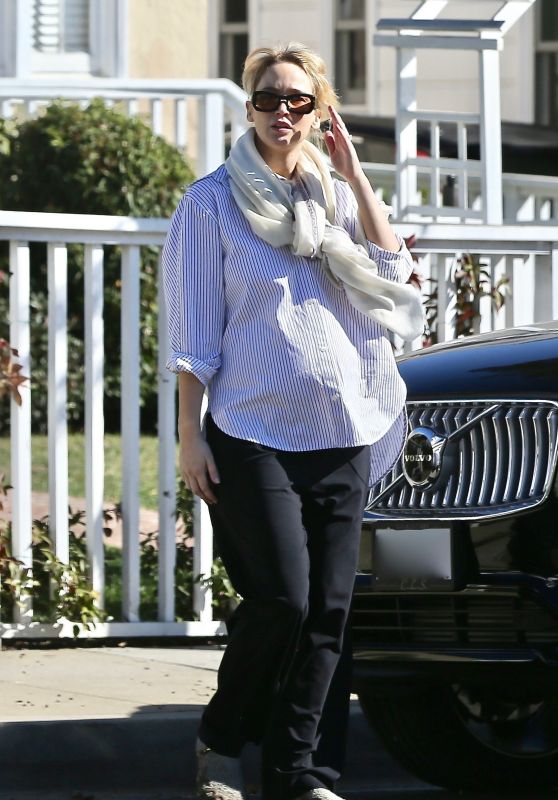
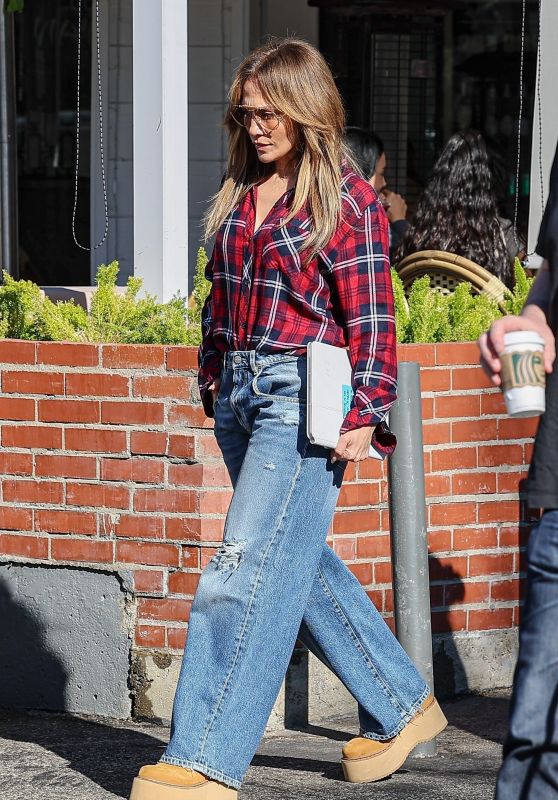
![Mia Goth Enjoys Quality Time with Daughter Isabel during Playdate in Pasadena [11-22-2024]](https://celebmafia.com/wp-content/uploads/2024/11/mia-goth-enjoys-quality-time-with-daughter-isabel-during-playdate-in-pasadena-11-22-2024-3_thumbnail.jpg)

![Jessica Simpson Celebrates Bronx Wentz’s 16th Birthday [11-20-2024]](https://celebmafia.com/wp-content/uploads/2024/11/jessica-simpson-celebrates-bronx-wentz-s-16th-birthday-11-20-2024-8_thumbnail.jpg)
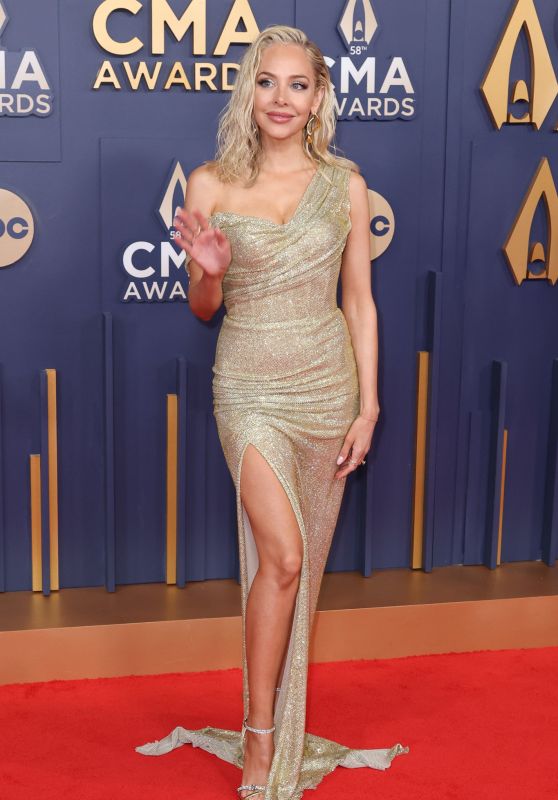
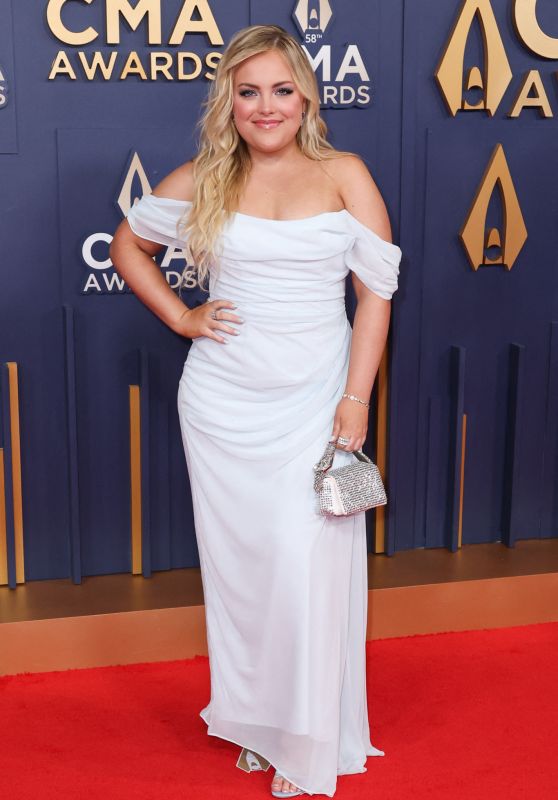
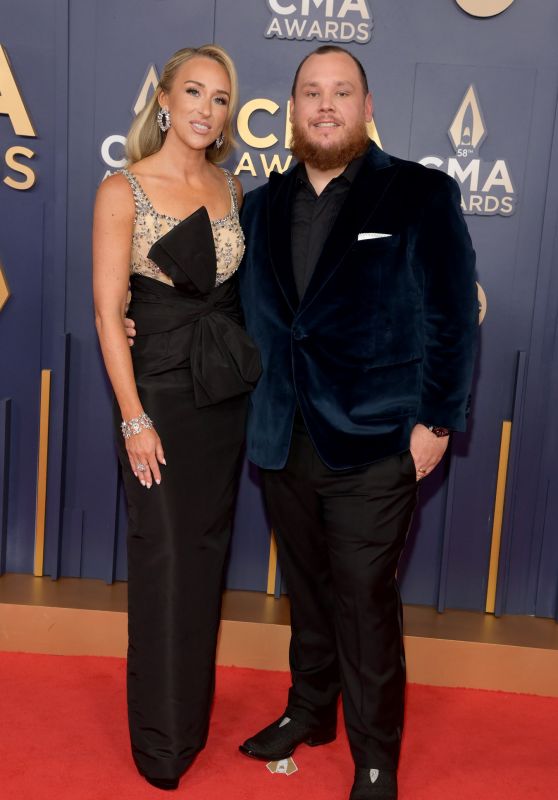
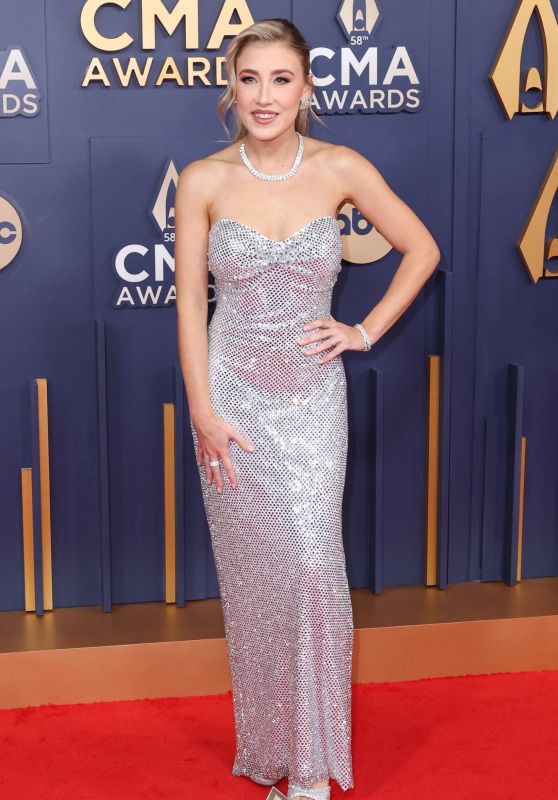
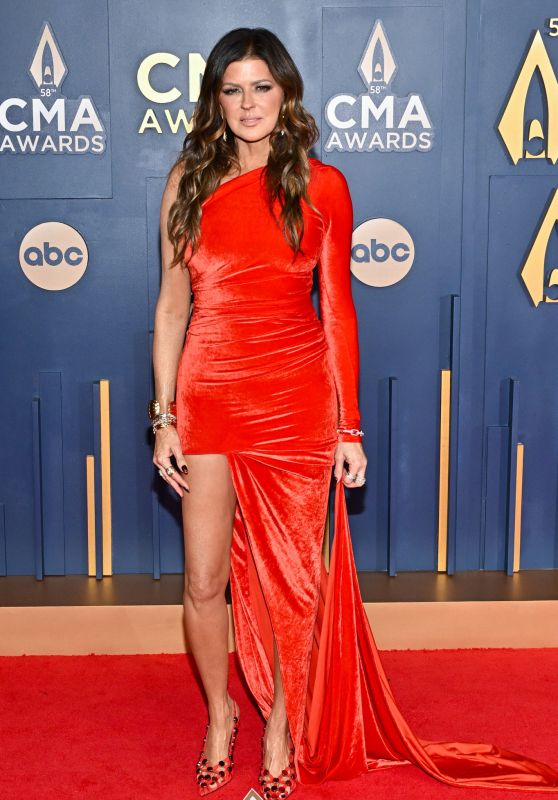
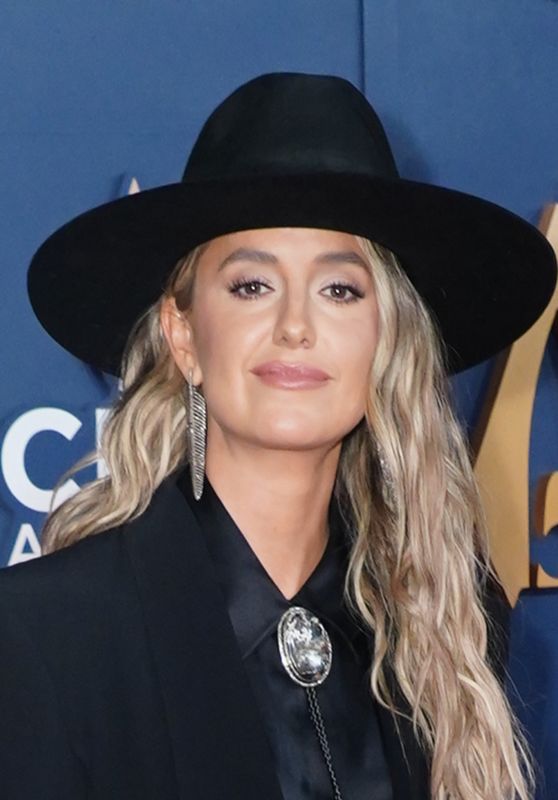








 English (US) ·
English (US) ·